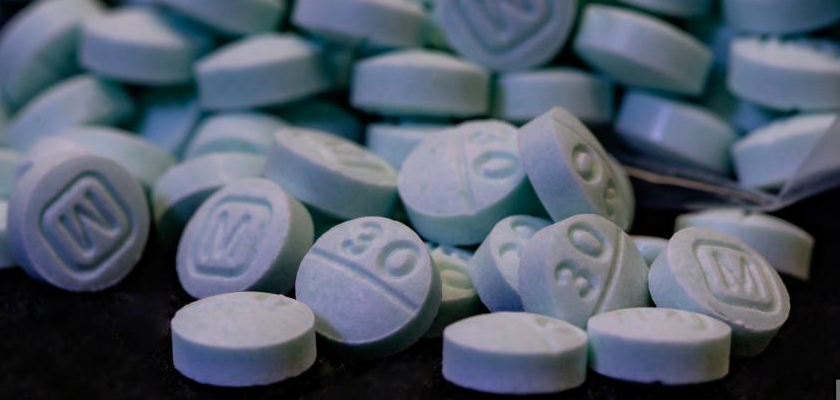Opioid overdoses topped the list of leading causes of death in the United States, surpassing vehicular-related deaths, in 2019.
According to the Centers for Disease Control (CDC), 564,000 people died from opioid overdose between 1999 and 2020. One hundred eighty-seven people die every day from an opioid overdose. Forty-four people die every day from overdoses involving prescription opioids.
Widespread prescriptions of opioids began in the 1990s, and overdoses increased throughout that decade. The opioid crisis peaked in the 2010s with rapid increases in overdoses involving heroin. In 2013, overdoses rose due to the introduction of synthetic opioids like fentanyl.
2020 saw the most significant increase in opioid-related deaths, particularly deaths involving synthetic opioids like fentanyl and tramadol.
But where does Alabama stand in the opioid epidemic?
According to an annual report from the Alabama Opioid Overdose and Addiction Council, opioid deaths in Alabama rose sharply in 2016. They trended downward for the next four years until sharply increasing again in 2020. Overdoses reached an all-time high in March 2021, reaching 474.
The most recent month listed on the chart was October 2021, which saw 377 opioid-related overdoses.
The CDC’s most recent study placed Alabama in the middle range of states according to their age-adjusted drug overdose death rates for 2020. It did not have statistics specific to opioid overdoses but admitted that synthetic opioids are currently the main driver of overdose deaths.
The state with the worst age-adjusted rate of drug overdose deaths was by far West Virginia, followed by Washington, D.C., Kentucky and then Delaware. The states with the lowest rates were South Dakota, Nebraska and Texas.
According to Blue Cross Blue Shield, Alabama physicians wrote 5.8 million prescriptions for opioids in 2015 and ranked the highest in the nation for opioid pain reliever prescriptions.
Nevertheless, a more recent report by the Alabama Board of Medical Examiners claimed that physicians reduced the number of opioid prescriptions in the state by 41.6% from 2012 to 2021. The dosage strength of opioid prescriptions also fell 52.7%, but prescriptions of the opioid antagonist drug naloxone rose 851%.
Naloxone is used to reverse the effect of opioids to counter a potential overdose. The Alabama state health officer issued a standing order for naloxone in 2017.
According to the Drug Enforcement Agency, synthetic opioids like fentanyl are being trafficked into the United States, often from foreign countries and mixed into other drugs like heroin, methamphetamines, and cocaine.
Drug traffickers do this because fentanyl is cheap, potent and easy to cut with other substances.
But just two milligrams of fentanyl can be potentially lethal.
Some people who take pills or use other drugs laced with fentanyl don’t know that fentanyl is present.
Symptoms of an opioid overdose include chest and abdominal pain, sleepiness, confusion, coma, cool and sweaty skin and low temperature, pulse rate, respiratory rate and blood pressure.
The Alabama Department of Public Health suggests seeking immediate medical care from a doctor, local poison center or the emergency room if an overdose is expected.
To connect with the author of this story, or to comment, email will.blakely@1819news.com or find him on Twitter and Facebook.
Don’t miss out! Subscribe to our newsletter and get our top stories every weekday morning.










